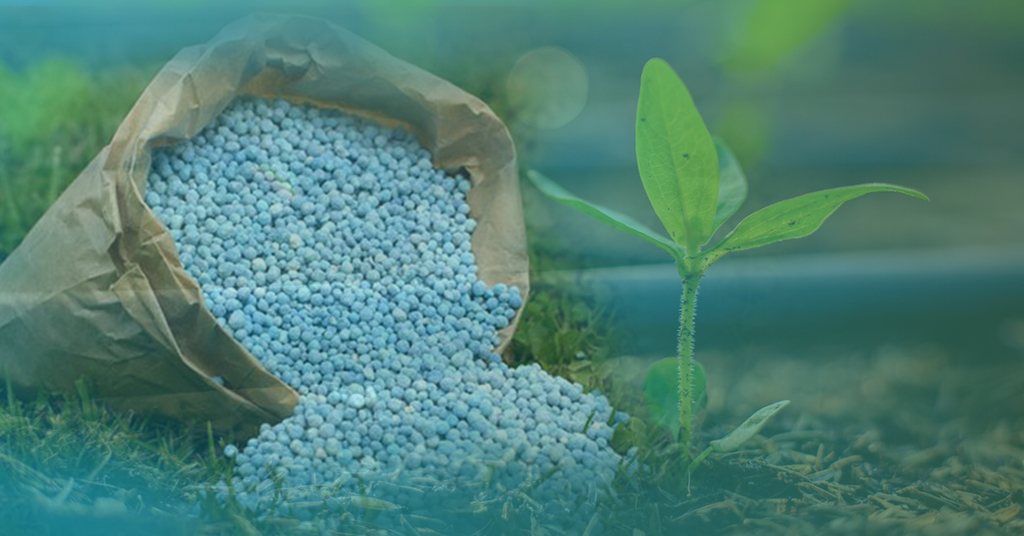Ammonia Prices Revived in Saudi Arabia After Falling for a Month
- 17-Jun-2022 5:11 PM
- Journalist: Kim Chul Son
Ammonia costs are rising due to soaring hydrogen and natural gas prices. Saudi Arabia's rising natural gas costs are putting a strain on various fertilizer markets.
Some fertilisers typically employ gas as a key basic ingredient, driving up costs and increasing utility costs, including energy costs. Ammonia prices surged quickly in June as a result of persistent market supply shortages, particularly due to curtailed production activities at some of the significant players in the world, namely SABIC (Saudi Arabia) and Yara (Italy and France).
The absence of Middle Eastern Ammonia shook the worldwide Ammonia market. The regular maintenance shutdowns put a strain on the region's ammonia supplies. Because Saudi Arabia is the world's largest exporter of Ammonia, supply and inventory constraints drive pricing.
The recovery in demand, different supply disruptions, trade restrictions, and skyrocketing ingredient costs have contributed to this increase in fertilizer prices.
Particularly in the case of nitrogen fertilizers, the cost of fertilizer production is tightly correlated with energy prices. The operating costs of generating Ammonia and urea are frequently between 70 and 80 % covered by natural gas, which causes pricing to be closely correlated.
Nitrogen fertilizer companies have announced temporary closures recently, citing rising natural gas costs as the reason. YARA international is one of them.
However, there is a lot more focus on decarbonizing industries in Saudi Arabia. Thus manufacturers and researchers are moving their attention to Green and Blue Ammonia rather than conventional Ammonia.
Furthermore, Ma'aden, one of the largest Ammonia producers east of the Suez Canal, has announced plans to expand its Ammonia plant, increasing production by nearly 1 million tonnes to 3.3 million tonnes.
There are substantial anticipations that the prices will maintain the current levels even in August. "Ammonia prices compared to a year ago have shown significant hikes due to growing inflation. The supply is tight since then," mentioned a respondent.



